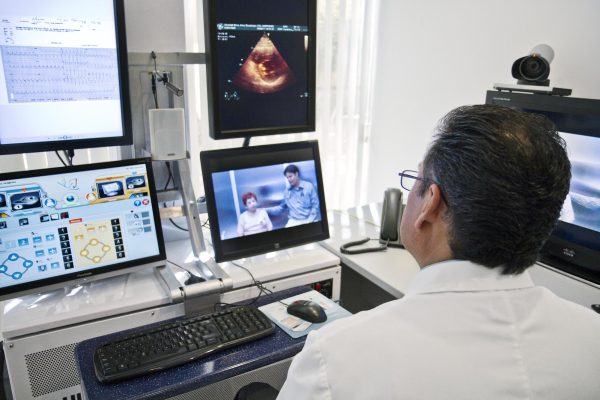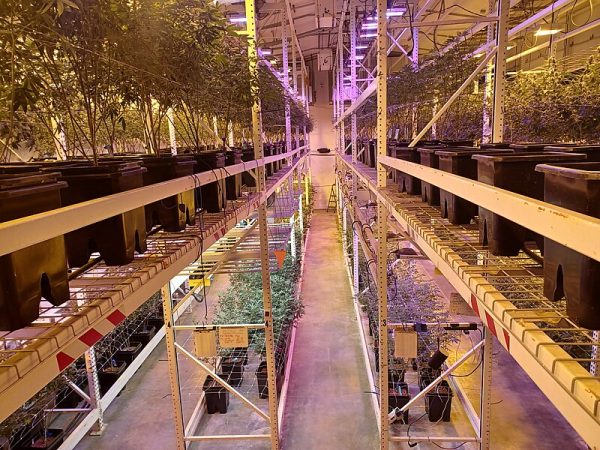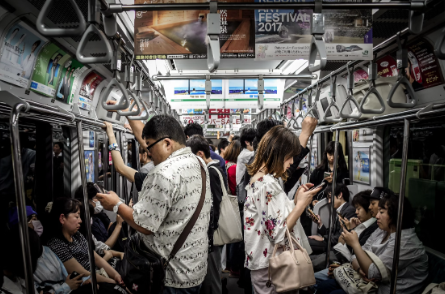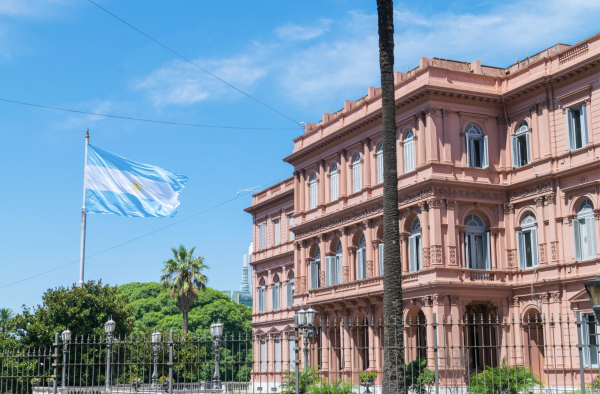Puerto Rico Perseveres Through Thousands of Devastating Earthquakes

Most earthquakes part of the swarm have struck along the southern shore of Puerto Rico, but have left devastating effects across the island.
Over the past three months, Puerto Rico, a territory slightly larger than Connecticut, has been rocked by over three thousand earthquakes part an ongoing earthquake swarm. The island and its three million people have been slowly recovering from the devastation caused by the tremors.
The first earthquake struck Guanica, on the south shore of the island, on December 28th, 2019. This 4.7 Magnitude tremor was characterized by collapsed roofs, foot high flood waters, and loss of power and the most powerful earthquake struck on January 7th, 2020 registering as a 6.4 on the Richter Scale, which brought large buildings to ruins and left thousands without a home. Months later, earthquakes of smaller magnitude continue to hit the island, with many residents either relocated or living in their cars or tents which serve as government shelters.
Airi Portalatin ’21, who has family living in Puerto Rico, notes that although her family is safe, thousands of others are continuing to suffer from the damage. “Fortunately, most of my family in Puerto Rico has not experienced any serious damage to their homes or have not been injured as they live further north. However, like millions of other people across the island, they lost their power for a couple of days,” said Portalatin.
Construction and repair efforts have been underway, but many are still living under tents, skeptical of the safety of their homes after government inspectors deem them safe. Power, however, has been restored to most of the island, while the Costa Sur power plant, which provides a quarter of the island’s energy is out of commission.
The emotional toll of the earthquakes has also been the center of conversation in Puerto Rico. Many, even those whose homes were not damaged by the earthquake have developed seismophobia and chose to sleep outside in fear of collapse. In addition, families who have lost loved ones blame the earthquake for their deaths. According to the government’s mental health agency, calls to the island’s suicide hotline have reached up to 1,600 per day.
Currently, while Puerto Rico is recovering from the damage, there has been controversy over how the federal government is handling the situation. When Hurricane Maria devastated the island in 2017, hurricane relief materials were allegedly sent to the island, but were never distributed. Recently, “a warehouse in Ponce was raided as it was found to be filled with supplies that were never distributed,” said Portalatin. “Many of the people were outraged to hear this, which led to the firing of the director in charge of distributing supplies by the governor.”
President Trump has also been under fire through reports of denying relief funds to the island to help rebuild. However, individual state governors such as New York Governor Andrew Cuomo have pledged to send relief funds and personnel to aid those in need. The Federal Home Loan Bank of New York has been authorized to provide over $1 billion in disaster relief funds to Puerto Rico for both immediate and long-term needs in the wake of disaster.
Scientists predict that these aftershocks may continue for years to come, and although the island has been battered, the spirits of the people have not been broken.
“Fortunately, most of my family in Puerto Rico has not experienced any serious damage to their homes or have not been injured, as they live further north. However, like millions of other people across the island, they lost their power for a couple of days,” said Airi Portalatin ’21.
Russell Kwong is a Copy Chief Editor for 'The Science Survey.' In his second year of journalism, he enjoys reading 'The New York Times' online to learn...










